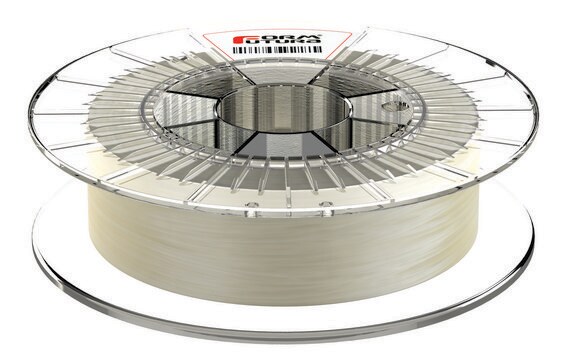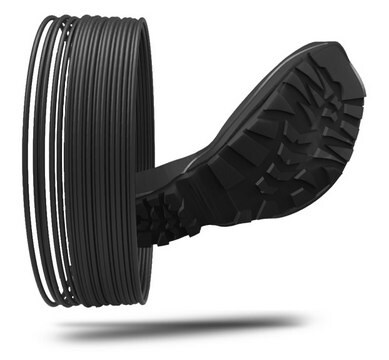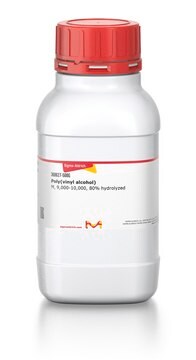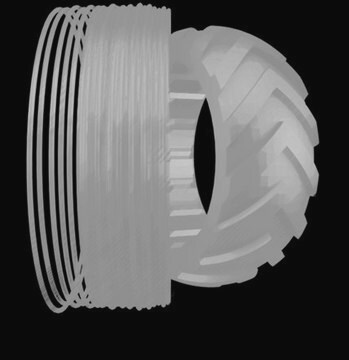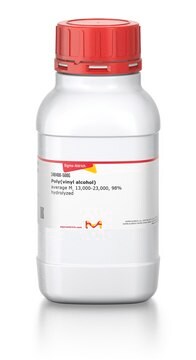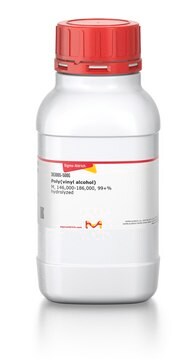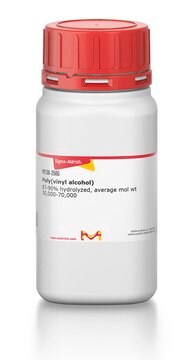901029
Polyvinyl alcohol (PVA) printing filament
1.75 mm
Sinónimos:
AquaSolve™, PVA filament
About This Item
Productos recomendados
descripción
Filament diameter: 1.75 ± 0.05 mm
Filament roundness: ≥95%
Melt flow rate: 14-20 g/10 min
Melt temperature: ± 163 °C
Print temperature: ±180-205 °C
Specific gravity: 1.23 g/cc
Spool Hub Diameter: 52 mm
Spool Size (D x H): 200 mm x 55 mm
Viscat softening temperature: ± 60.2 °C
formulario
solid (filament)
color
colorless
InChI
1S/C2H4O/c1-2-3/h2-3H,1H2
Clave InChI
IMROMDMJAWUWLK-UHFFFAOYSA-N
¿Está buscando productos similares? Visita Guía de comparación de productos
Categorías relacionadas
Descripción general
Aplicación
Información legal
Código de clase de almacenamiento
11 - Combustible Solids
Clase de riesgo para el agua (WGK)
WGK 1
Punto de inflamabilidad (°F)
49.5 °F
Punto de inflamabilidad (°C)
9.7 °C
Elija entre una de las versiones más recientes:
Certificados de análisis (COA)
¿No ve la versión correcta?
Si necesita una versión concreta, puede buscar un certificado específico por el número de lote.
¿Ya tiene este producto?
Encuentre la documentación para los productos que ha comprado recientemente en la Biblioteca de documentos.
Los clientes también vieron
Nuestro equipo de científicos tiene experiencia en todas las áreas de investigación: Ciencias de la vida, Ciencia de los materiales, Síntesis química, Cromatografía, Analítica y muchas otras.
Póngase en contacto con el Servicio técnico

